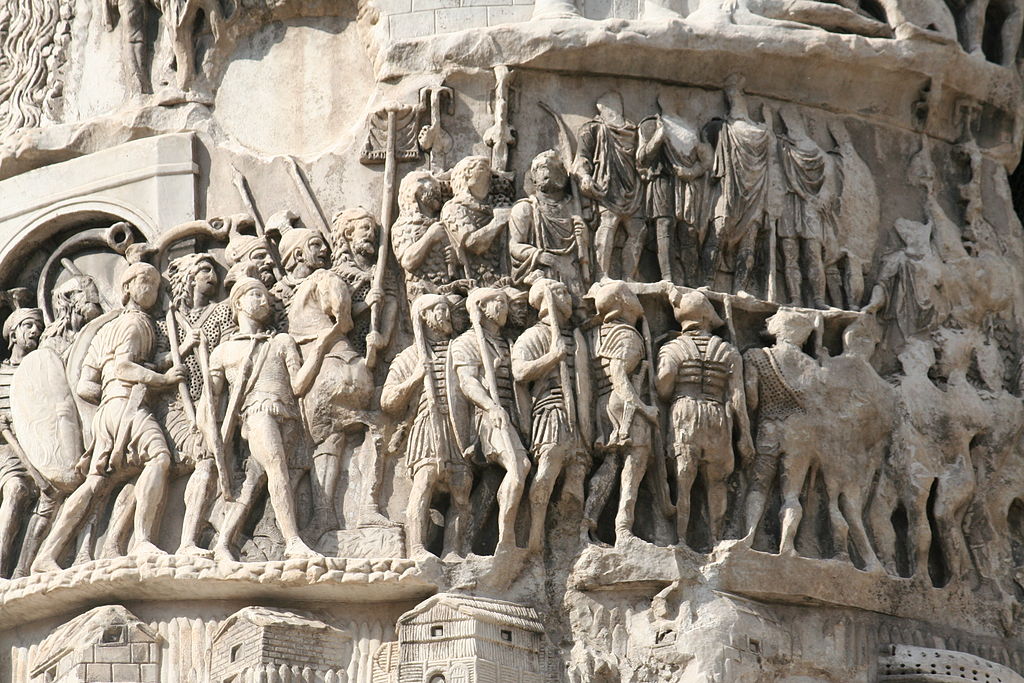

If you go to a conference anywhere in the world today, you will certainly meet men in pants, apart from Bermuda, where the legendary shorts are the country’s official wear. Centuries ago in Imperial Rome, pants were considered clothing of savage barbarians, therefore despised. The people of Gaul had a less developed culture than the Romans, though they had stayed in Europe from the 700 B.C. E. They mostly wore rough gear made from wool collected from native sheep. These garbs included simplistically sewn thick wool tunics and hefty wool capes that were cloaked over the shoulders.
Attires worn by Gauls and Celts that seemed weirdest to the ancient Romans were the loose-legged coverings known as the braccae, which resembled present-day trousers. There was another type known as the feminalia, which were knee-length snug-fitting pants. The Romans perceived both types as barbaric and were even banned for a very long time in Rome. However, Roman soldiers from the northern climatic zone soon adapted these garments as part of their costumes due to their practicality.

Roman fashion
The Romans did not have a wide selection of clothes, mainly because they had limitations concerning garments’ production. While these regulations were horrible, they did not limit the Romans to the point of walking naked. The men and women from Rome wore some popular clothes, including the toga. This iconic way of dressing for both genders was a hefty woolen attire worn by the Roman citizenry. It was cloaked over the body, leaving the right arm free.
Colors were used to identify different social classes and different ages had their own sense of fashion just like in the present—the Romans dressed in a manner that seemed more appealing as they currently do. No dressing was as abhorrent and execrable to the Romans as pants. They simply did not comprehend why anyone would wear a pair of trousers.

Normalization of pants
The former Governor of Gaul Fonteius was once accused of extortion and defended by an eloquent orator and lawyer known as Marcus Tullius. He stated that wearing pants was a sign of inborn belligerency of the Gauls and a palliating context for his client. Good orators were rhetoric in a sophisticated manner, describing foreign tribes in a manner that mostly benefited them. They relied on imaginary visuals to ensure the barbarians stood out. The Romans disliked pants because they were associated with non-Romans and not because of hygienic reasons.
Nonetheless, times changed, and soon after, the historian and senator Publius Cornelius Tacitus identified pants as exotic conduct of Germanic ethnic groups. Cornelius praised them for holding onto unwavering morals. You would think the Romans always wore toga by the way they judged other tribes. Tunics were the most common attire, and they had different designs for women and men. Women’s tunics were long-sleeved and went all the way to the ankle, while for men, they were short-sleeved. Wearing pants was just not the way they preferred.
As the Roman empire expanded, Romans and tribes from newly acquired northern lands fought together to protect their borders. Military trousers worn by Germans and Gauls became the norm in the warfield as they were more practical than flappy tunics. The innovations from the military sector gradually spread across the civil society, and by 397, trousers had become common wear. However, the emperors from the Eastern and Western empires declared wearing trousers illegal. They did not want civilians to wear military clothing in the capital. It was probably a way to distinguish between civilians and military men at that time.
